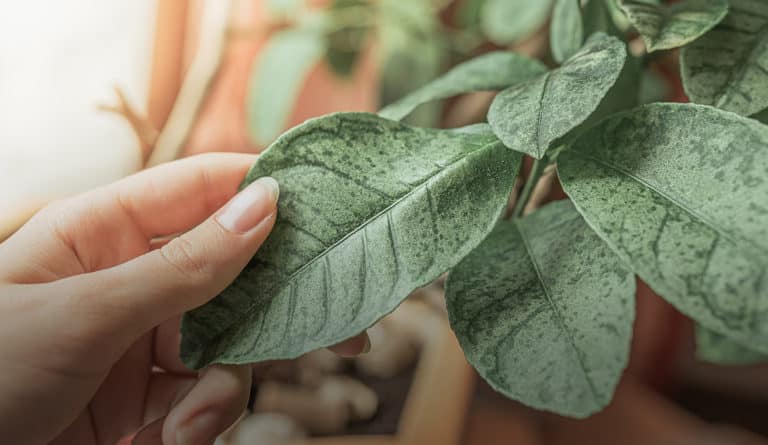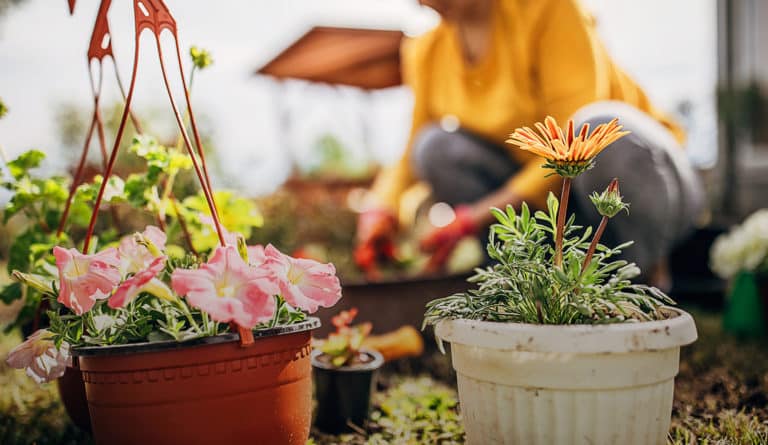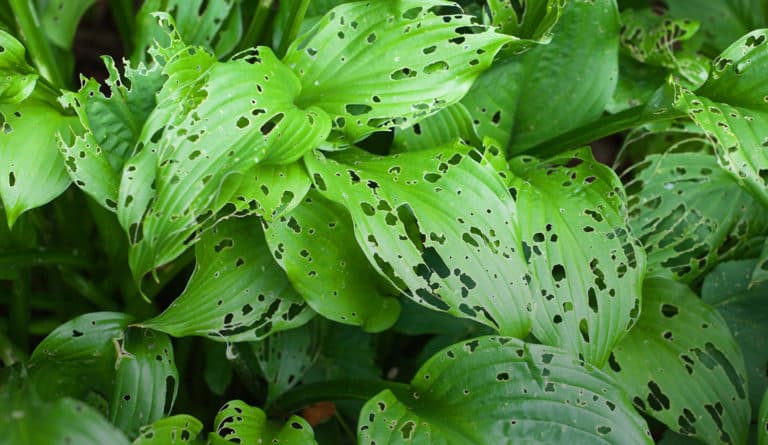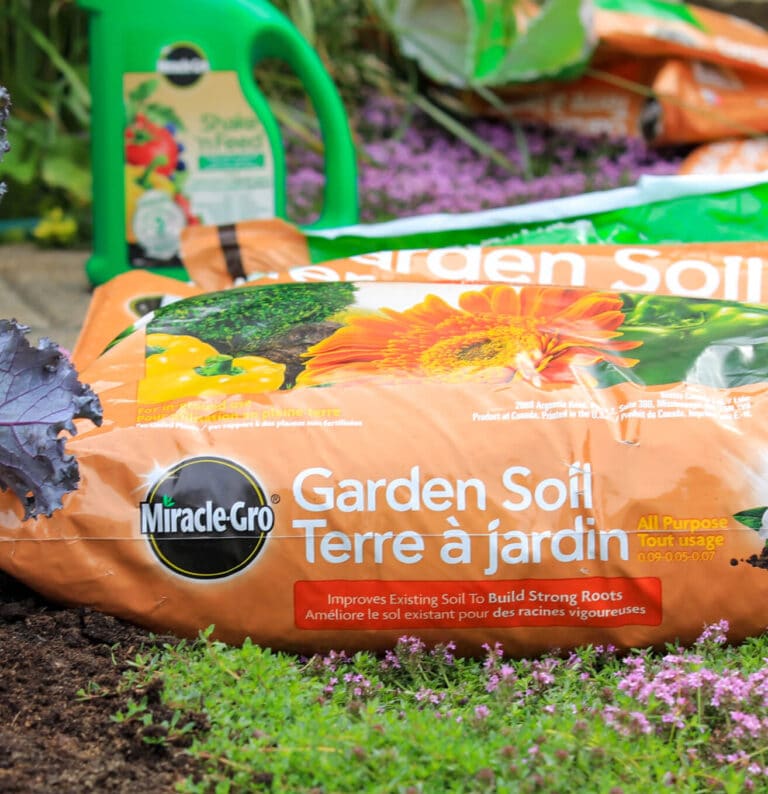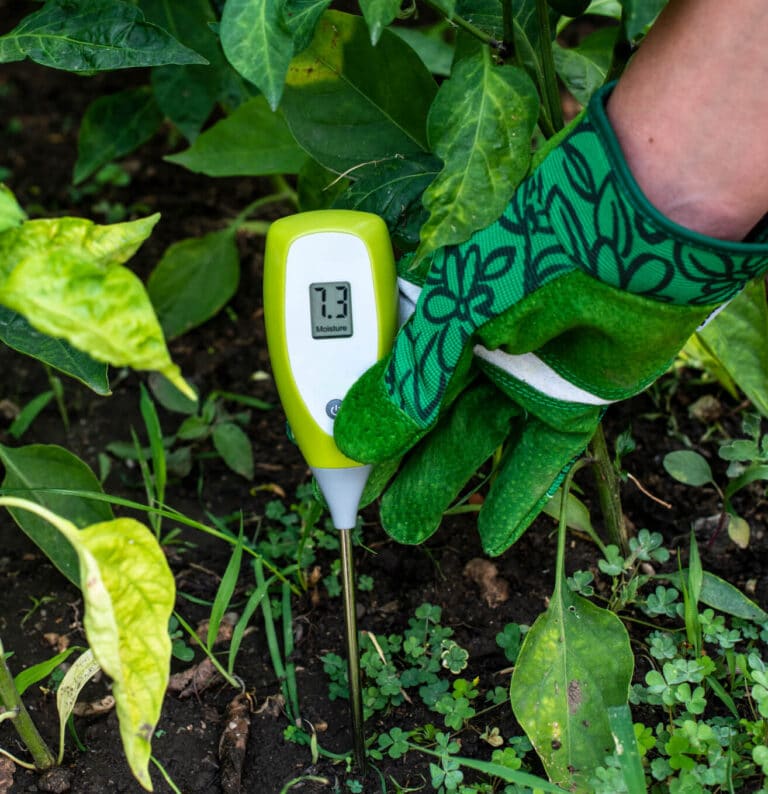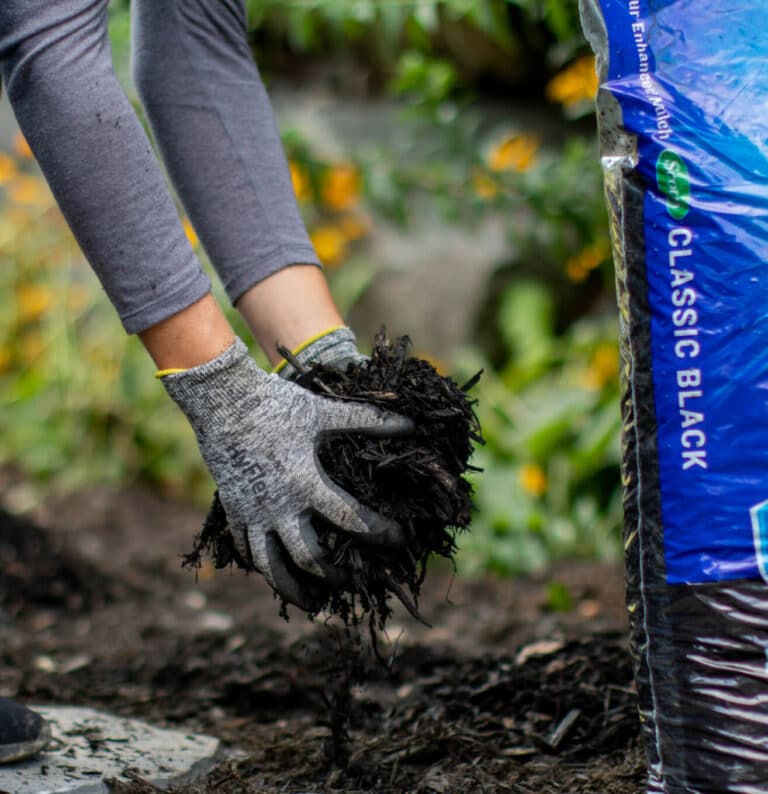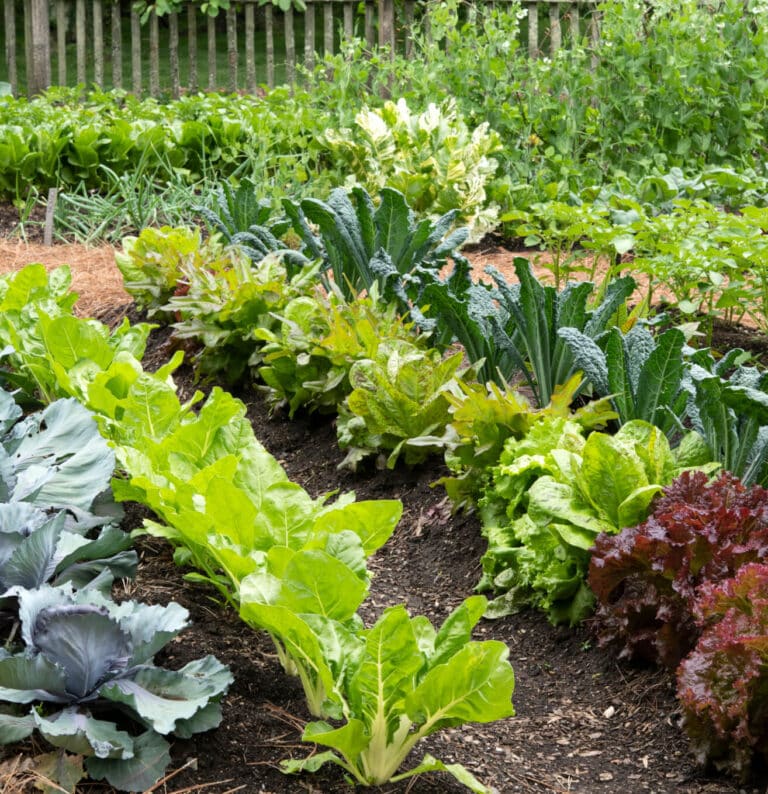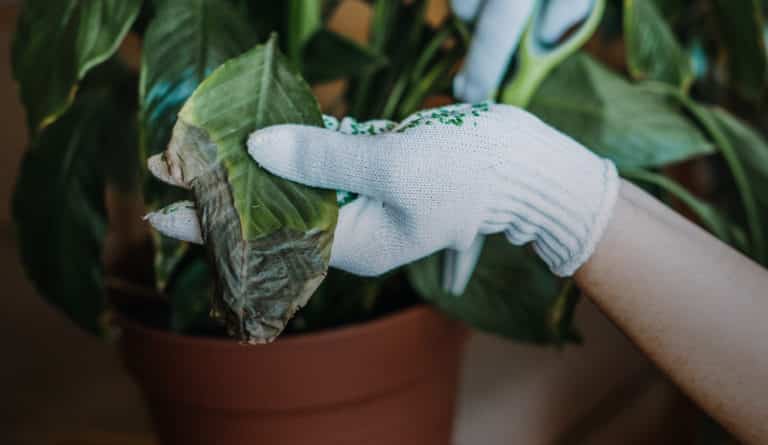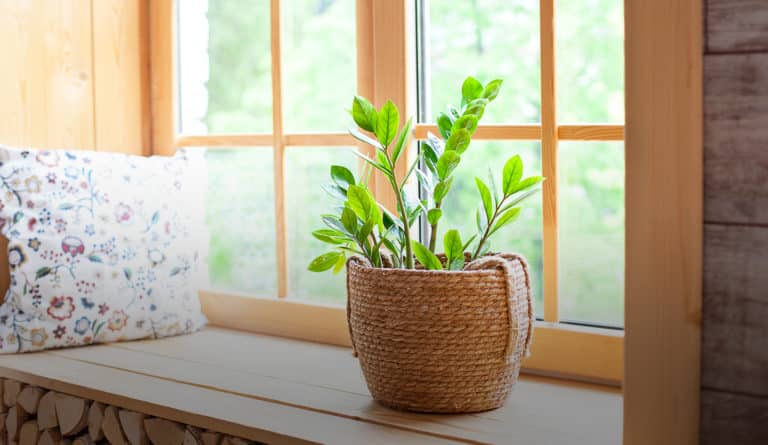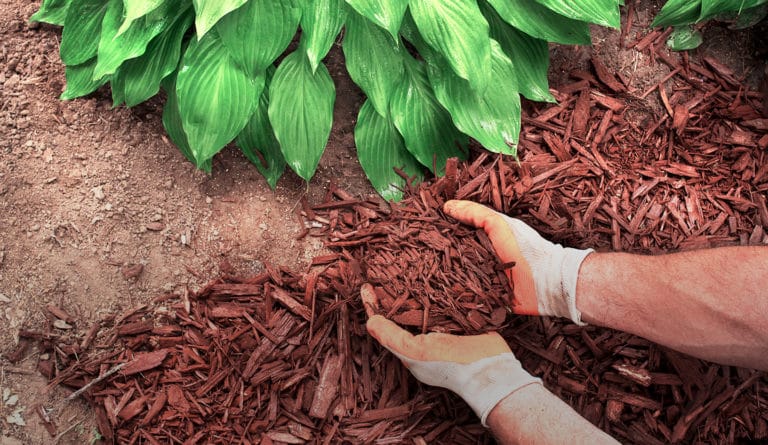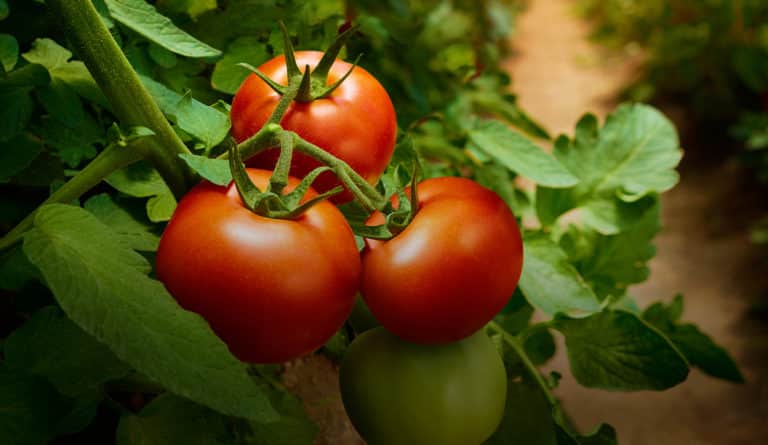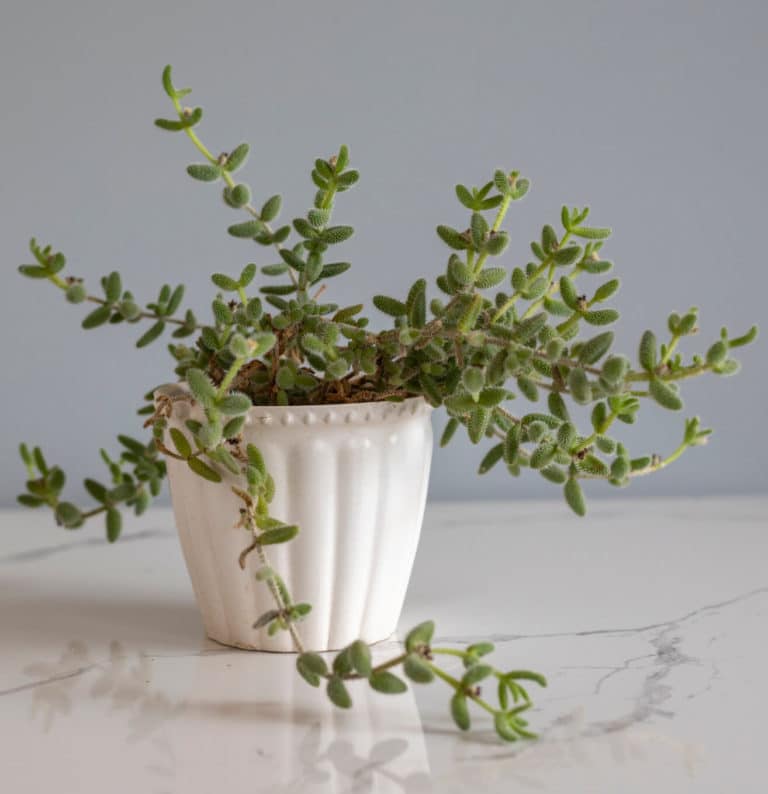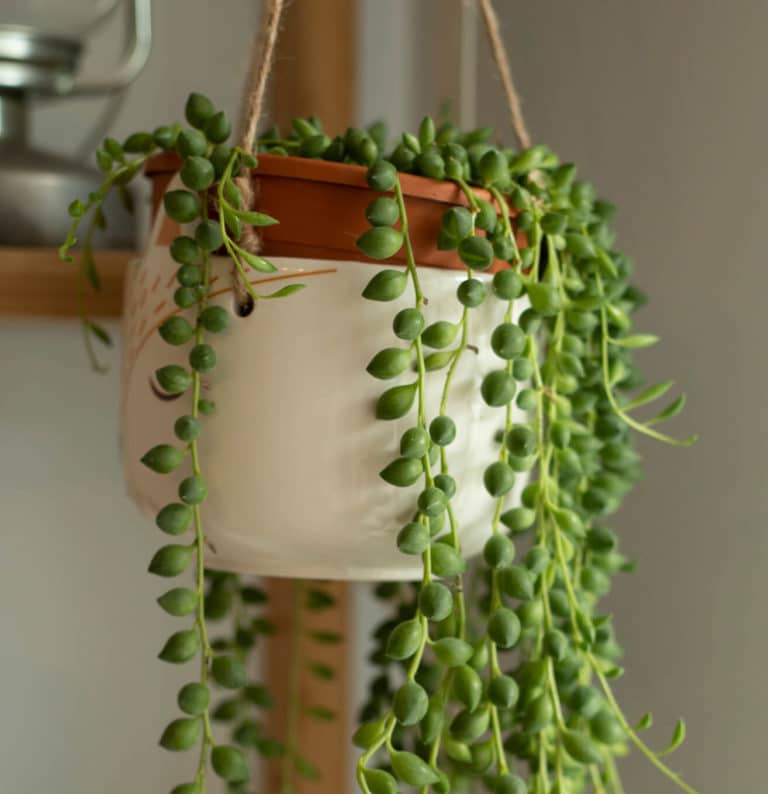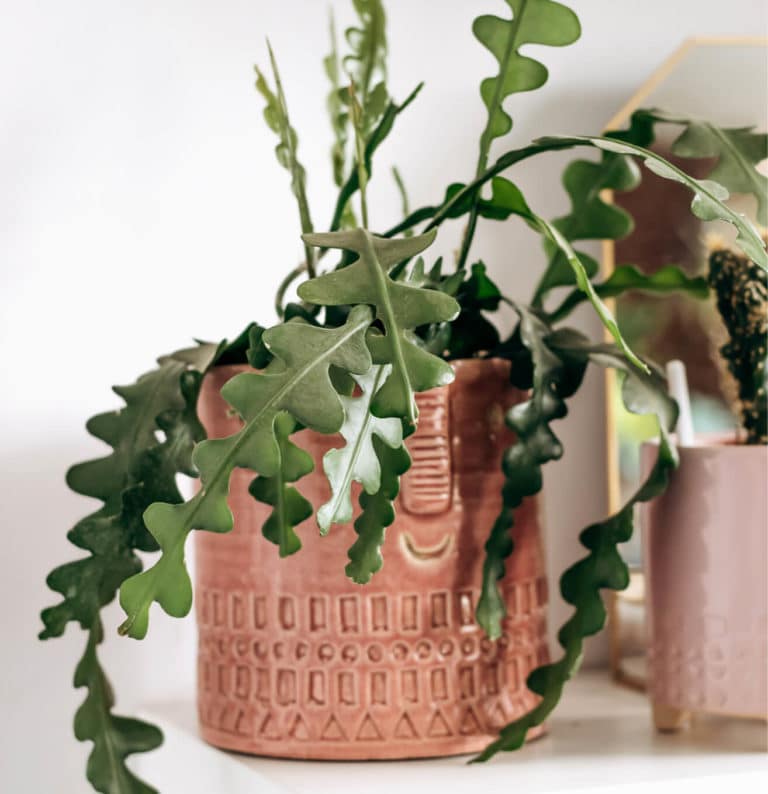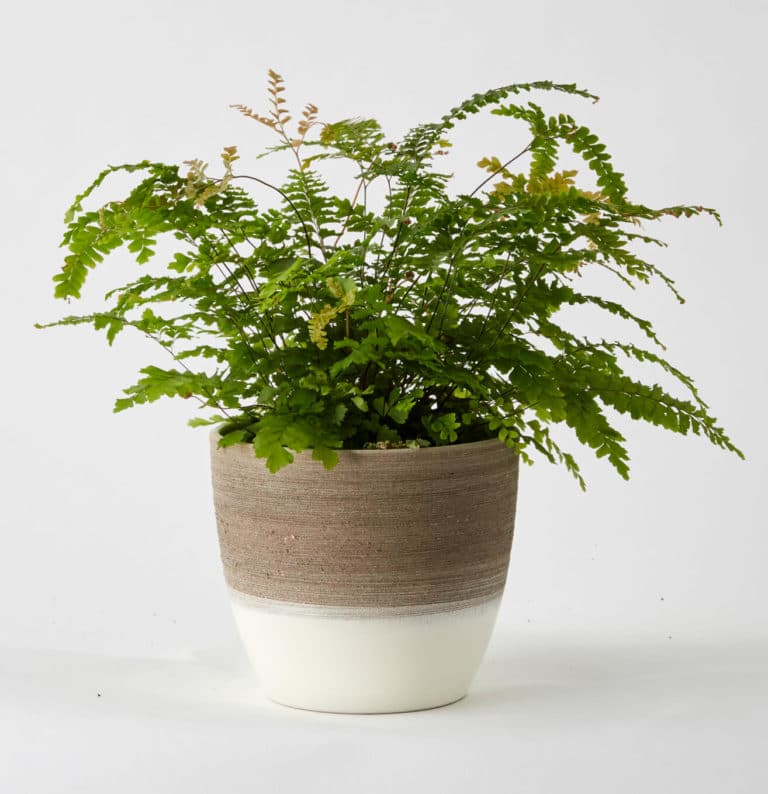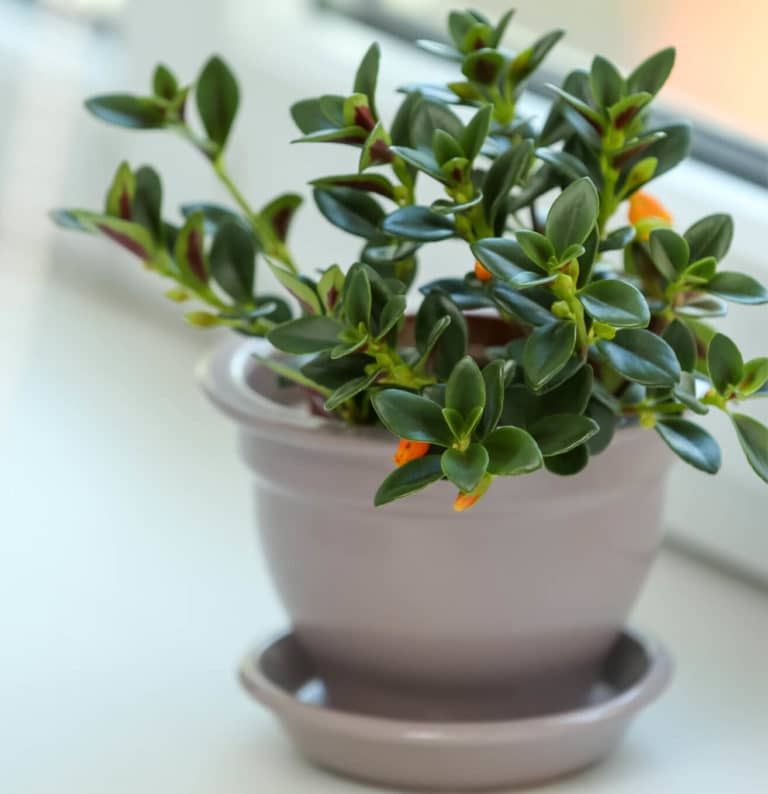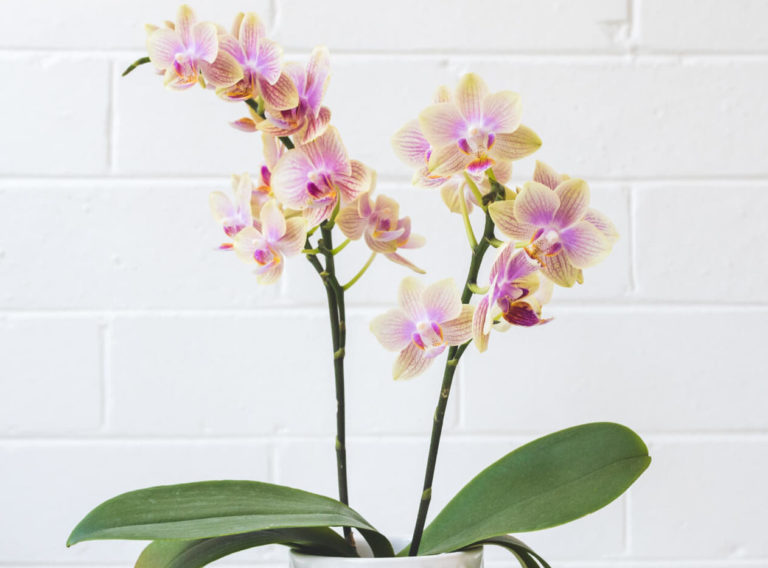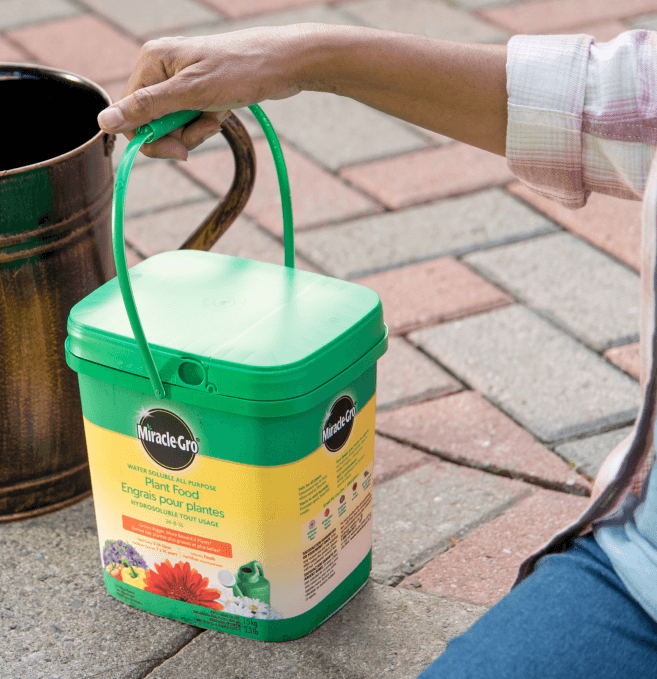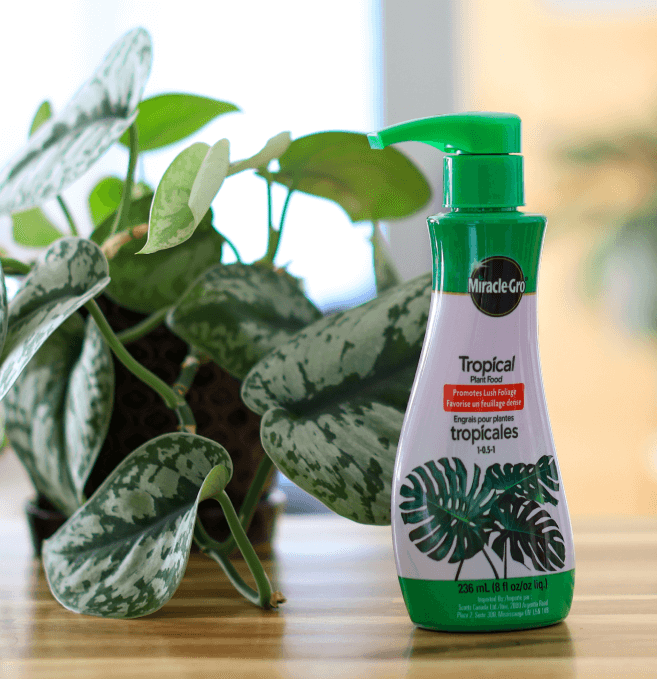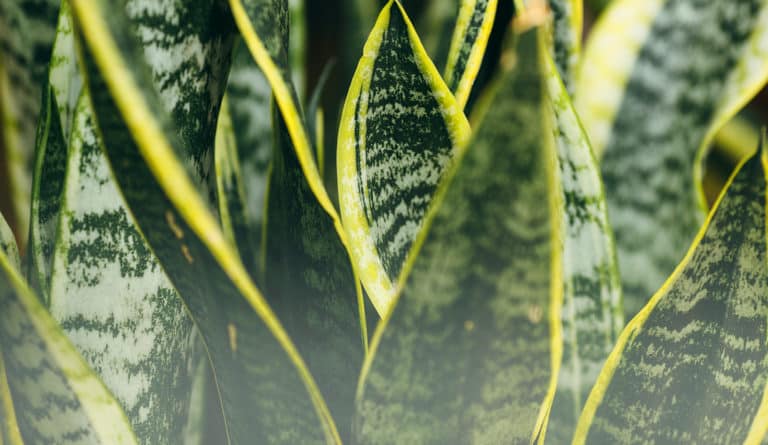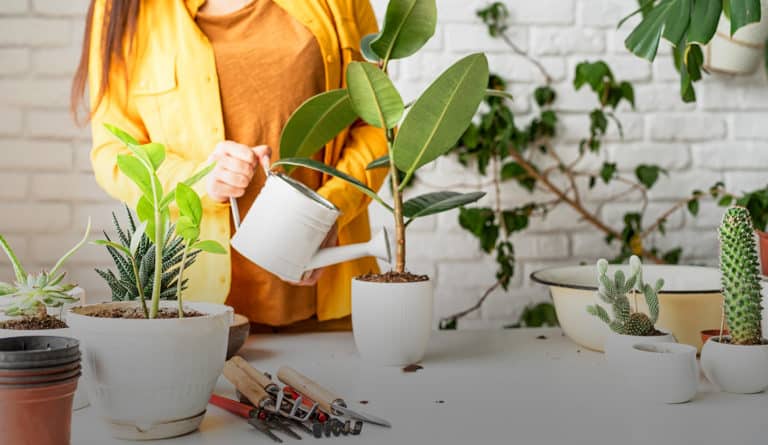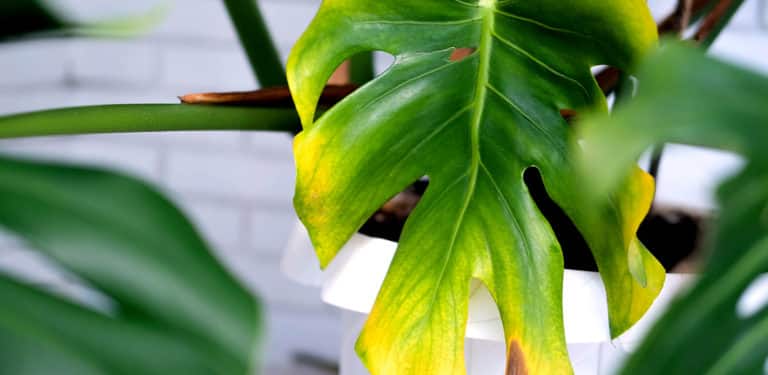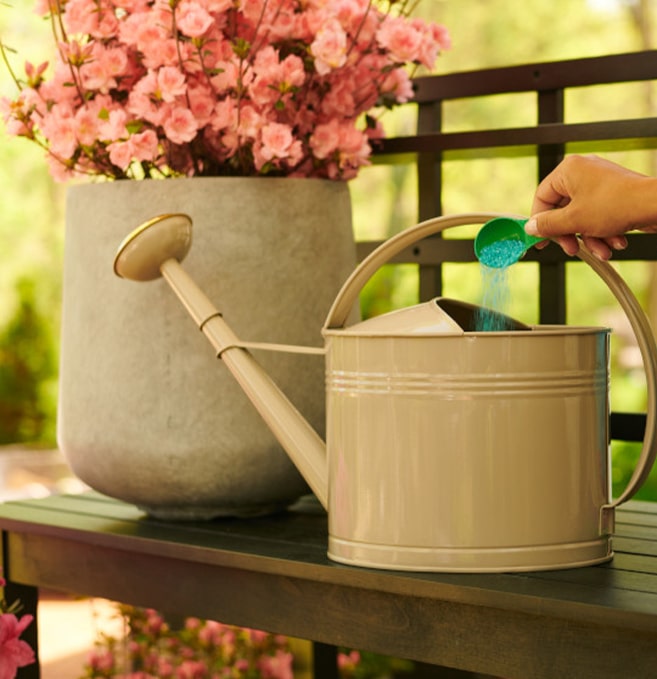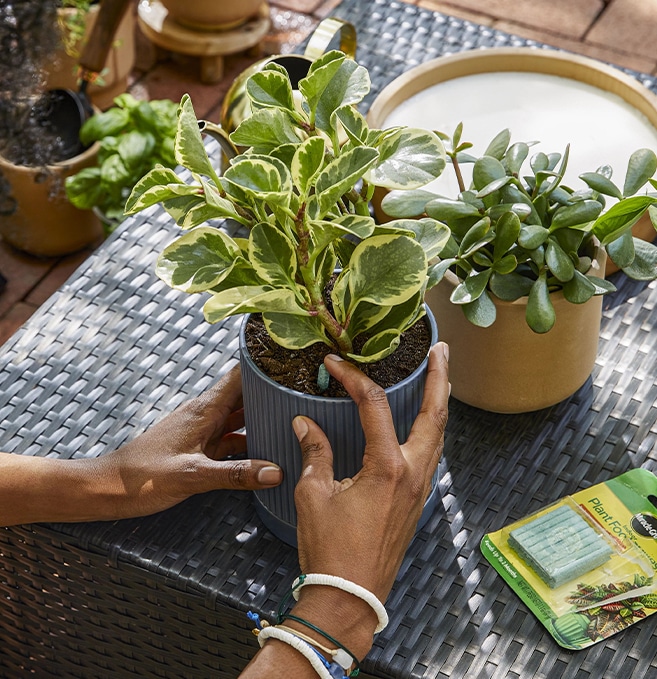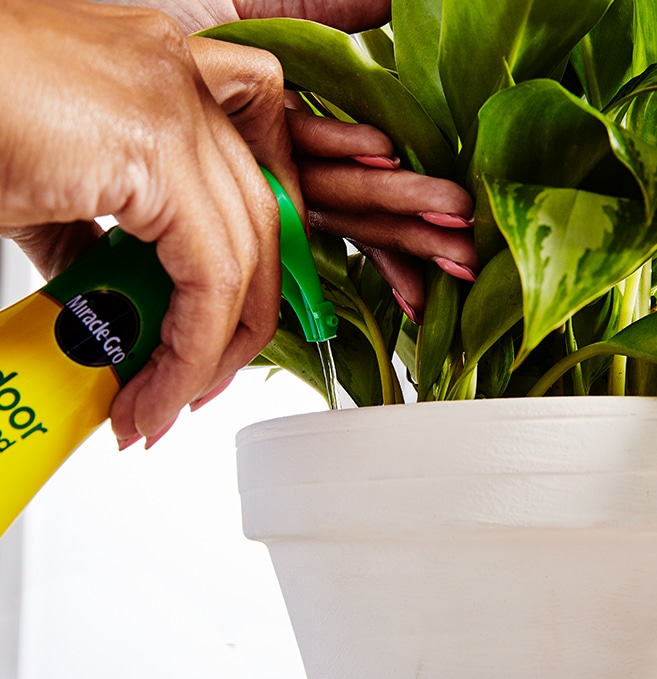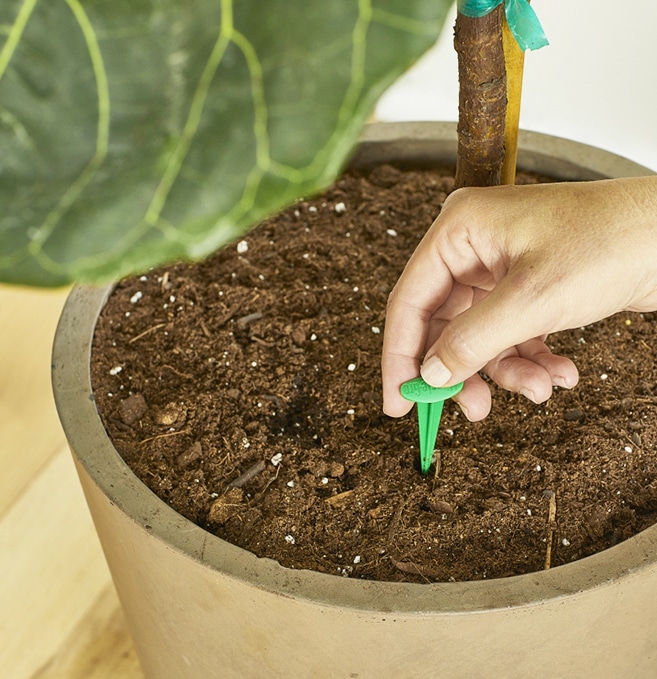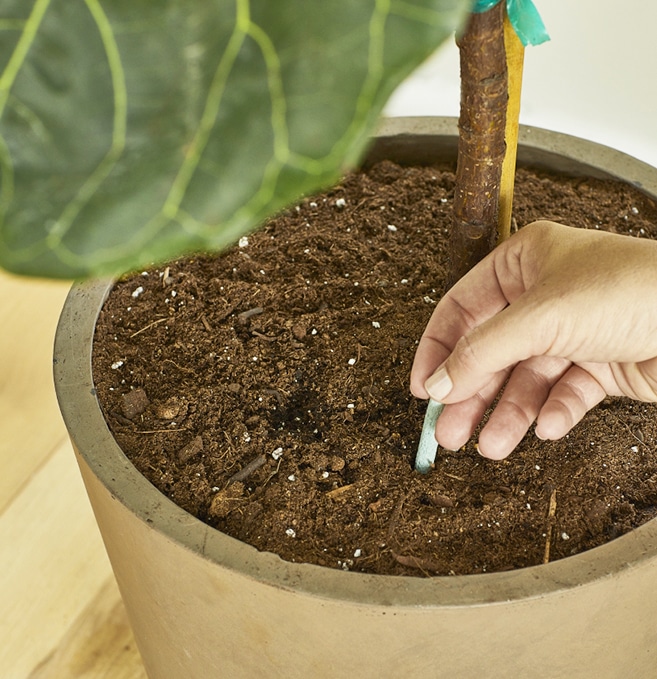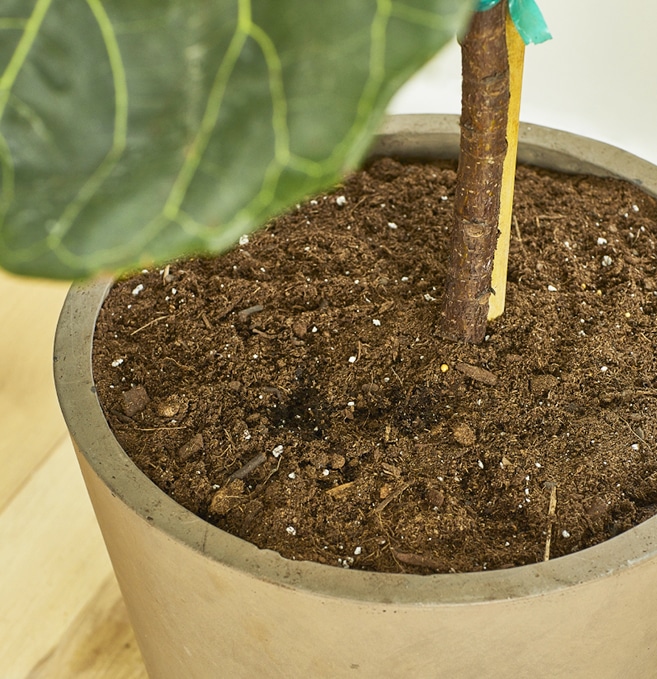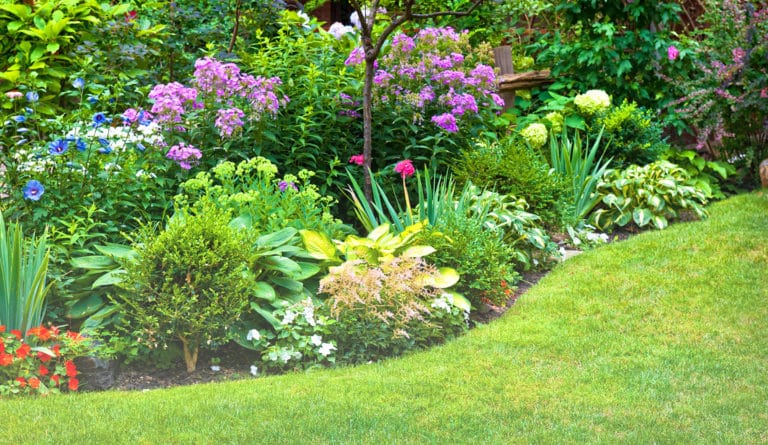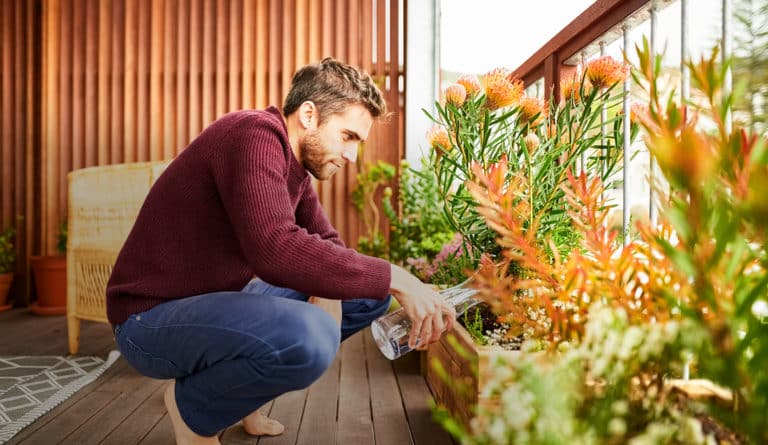Let’s talk about those pesky garden pests that can wreak havoc on your plants and veggies. Identifying them is crucial to preventing them from destroying your garden. One troublemaker is the aphid, causing leaves to wilt, turn yellow, and curl. Then we have the spider mite, leaving yellow or brown spots and even defoliating your precious plants. Oh, and watch out for the Japanese beetle – it loves to chow down on plants, shrubs, and fruit trees. Spotting the Japanese beetle can be tricky for inexperienced gardeners because of the insect’s small size and coppery green colour that blends into your plants. And let’s not forget about slugs and snails; those appetite-driven fellows leave holes and scalloped edges on leaves. Catching these pests early is the key so that you can protect your beloved garden.
If you love plants, then it’s likely that you’re familiar with the fear and frustration of discovering pests in your garden! It can seem daunting but don’t worry. With some know-how, it’s possible to identify different garden pests quickly so you can plan how to deal with them effectively. So, let’s get started spotting those troublesome insects.
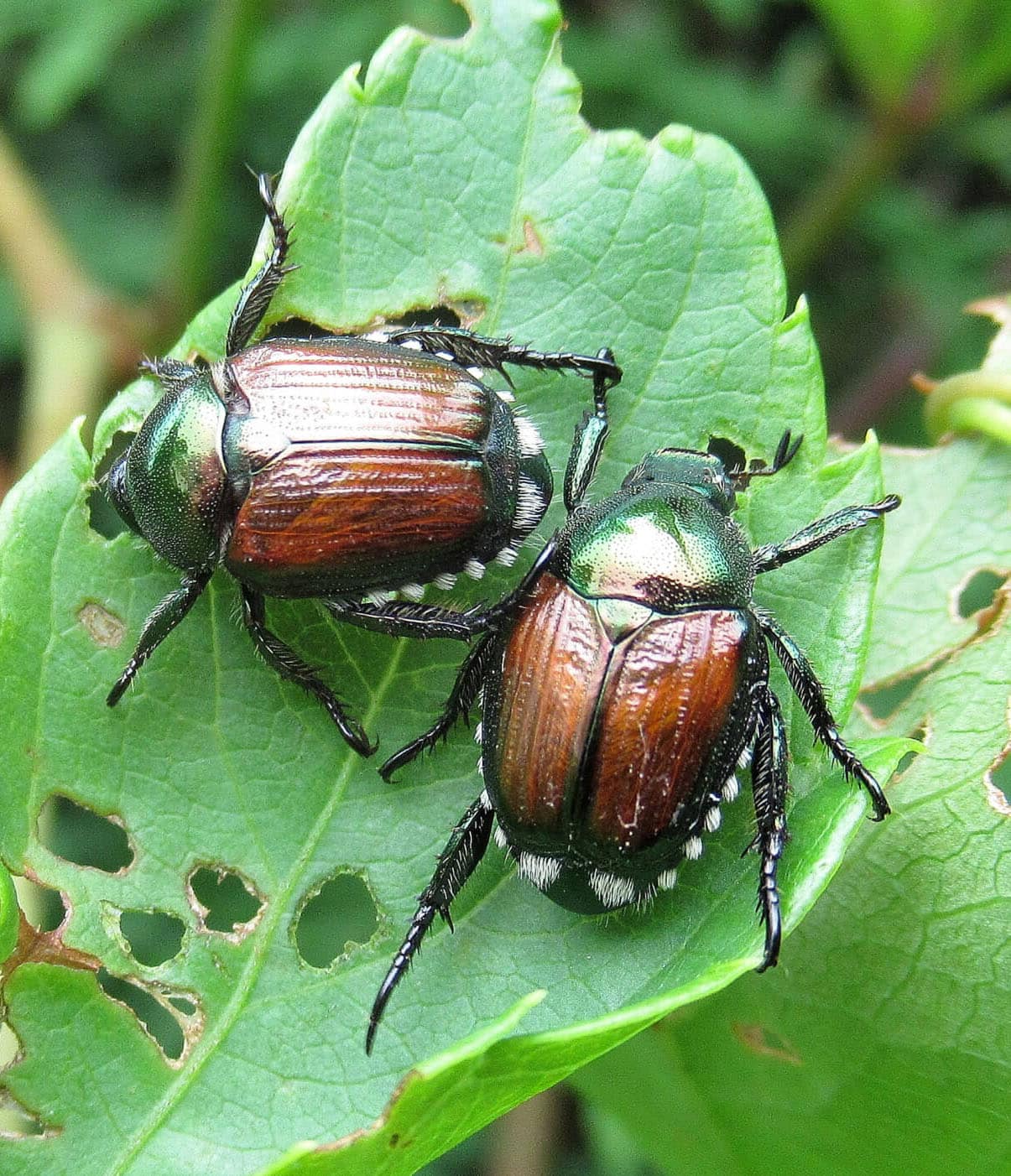
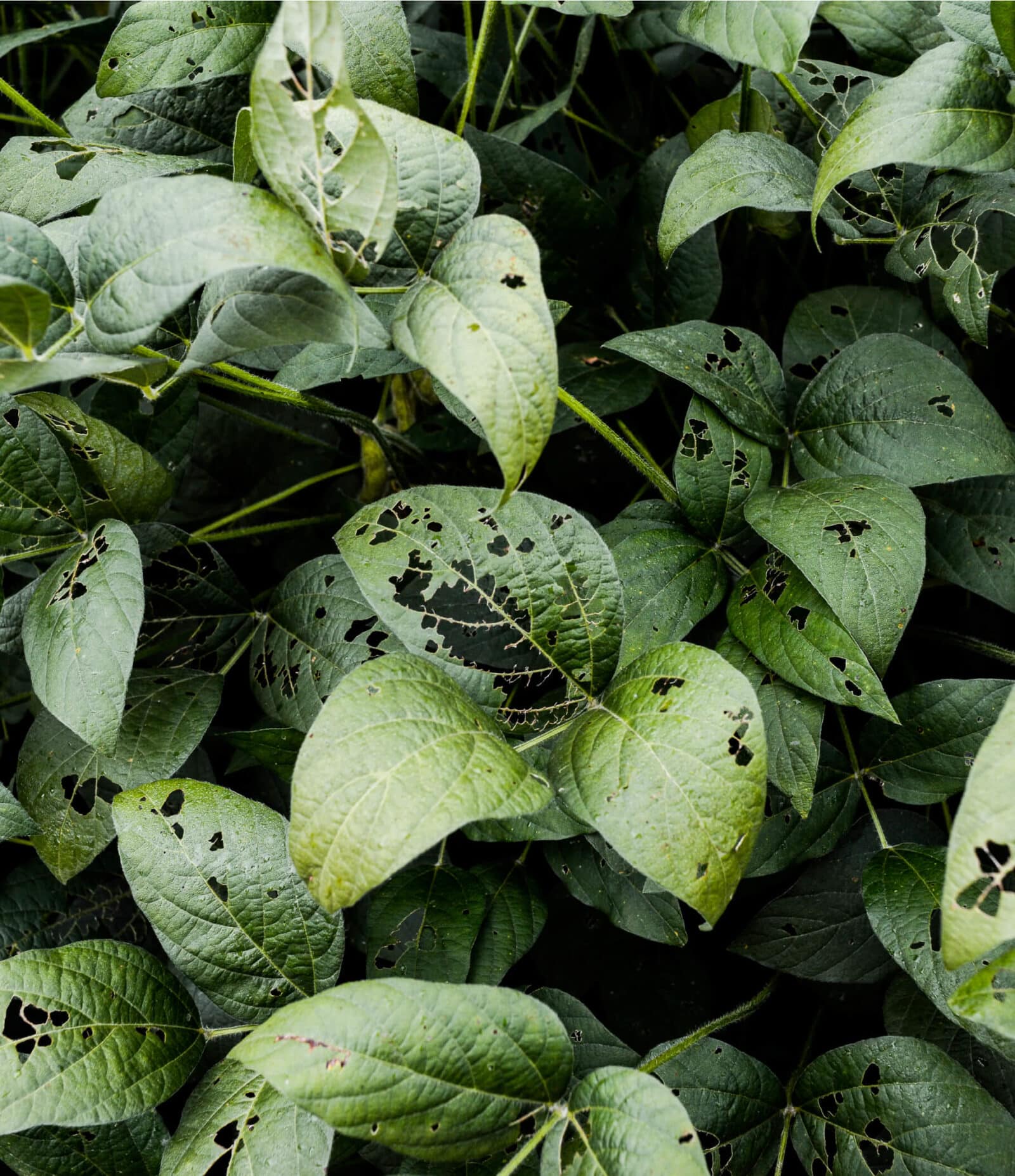
different types of damage caused by garden pests
Garden pests can cause many different types of damage to our beloved plants, from creating holes in leaves to gnawed-through and broken stems. Some bugs, such as aphids, can suck the sap from leaves and leave them yellowed and wilted. Others, like slugs and snails, can leave a slime trail behind as they munch their way through essential parts of the plant. Some pests even cause damage underground, eating away at the roots and compromising the stability of the plant. It’s important to be familiar with different signs of pest damage so you’ll immediately know what they mean.
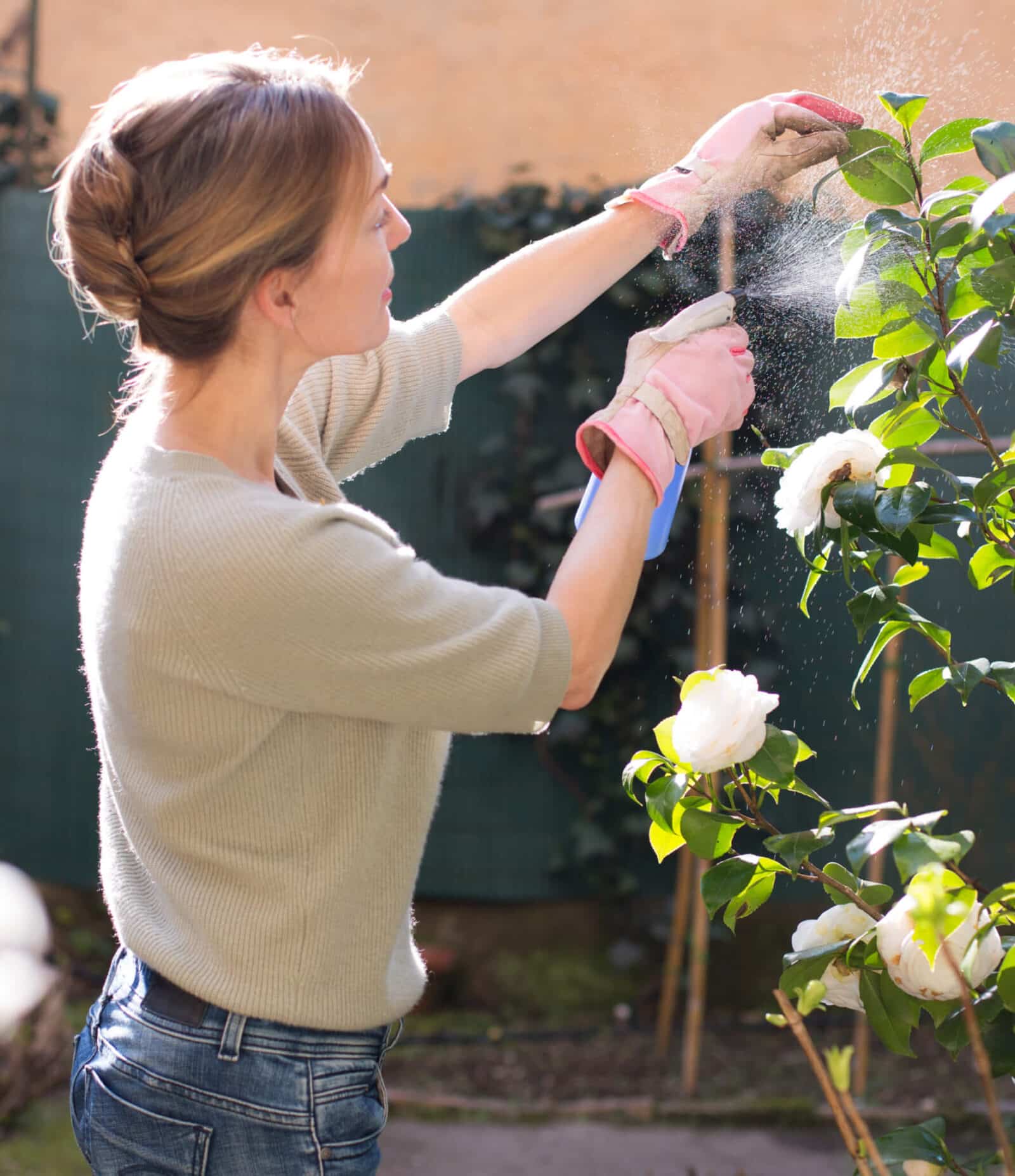
how to prevent bug infestation in your garden
Spotting signs of pests in your garden is just the first step. Now, it’s time to learn how to prevent them. One of the most effective ways to avoid pests is to encourage beneficial insects like ladybugs and praying mantises that feed on pests to live in your garden. These little helpers can act as soldiers, defending your plants from harmful pests and promoting a healthy ecosystem. You can also place bird feeders in your garden to attract natural predators that feed on bugs.
Additionally, make sure to water them appropriately and give them the right amount of fertilizer. Weak plants can be super attractive to bugs, so you need to keep them happy and healthy. Also, did you know planting herbs and flowers like lavender or marigolds can repel insects? Remember to inspect your plants and remove any signs of infestation regularly. Dealing with a small bug problem is easier than a big headache later. So follow these tips, and enjoy your garden… pest free!
how to control and eliminate pests in your garden
The first step is to identify the pest and its life cycle. Once you understand the pest, you can choose the best control method. Physical removal may be the easiest way to eliminate pests like slugs and snails. However, if you have a larger infestation, you may need to use bug-control products.
Ortho Bug B Gon Insecticidal Soap is a popular option, offering a solution for various insects, including ants, caterpillars, and beetles. Slug B Gon might be the best solution for slugs, as it targets these slimy pests and gives your plants a chance to flourish. And for beetle problems, Beetle B Gon can help get rid of Japanese Beetles and other types that destroy your landscaping and vegetation. With these solutions, you can keep your garden pest-free and thriving.
Pests in the garden can be discouraging but being informed on how to prevent and manage them is key. Identifying the bug types and different signs of damage is important for preventing the problem from escalating. Additionally, beneficial insects and using brighter colours around your garden to attract beneficial predators can play a huge role in naturally balancing out populations of unwanted bugs.
Now that you’ve learned how to deter pests and safeguard your gardens, you can be better prepared when unwelcome visitors arrive!
#easypeasy
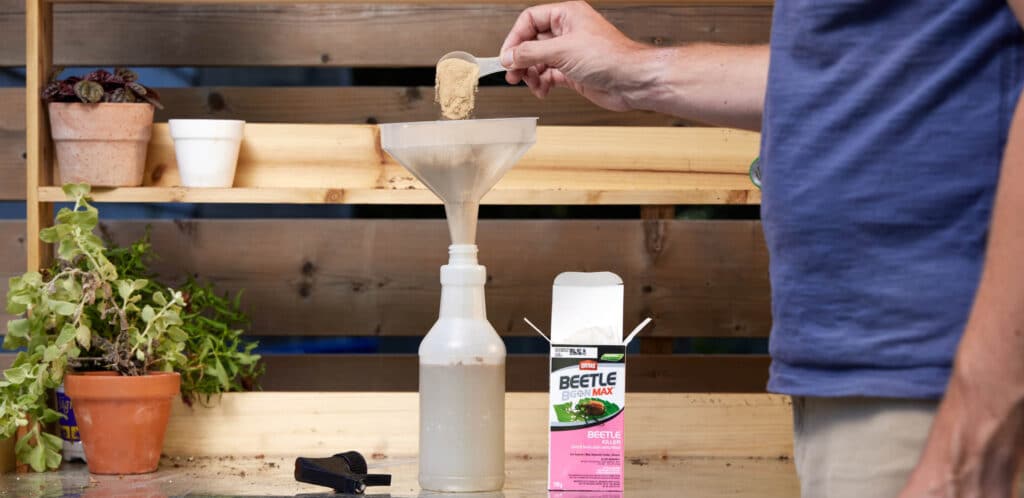
are you looking for some gardening tips to keep your garden in top shape?
Whether it’s a small container garden, flowerbed, or larger outdoor landscaping project, these five tips will help you keep your green space healthy and beautiful.
While gardening is enjoyable, it does require regular maintenance. Following these tips can help you to create and maintain a beautiful garden that will last for years to come!
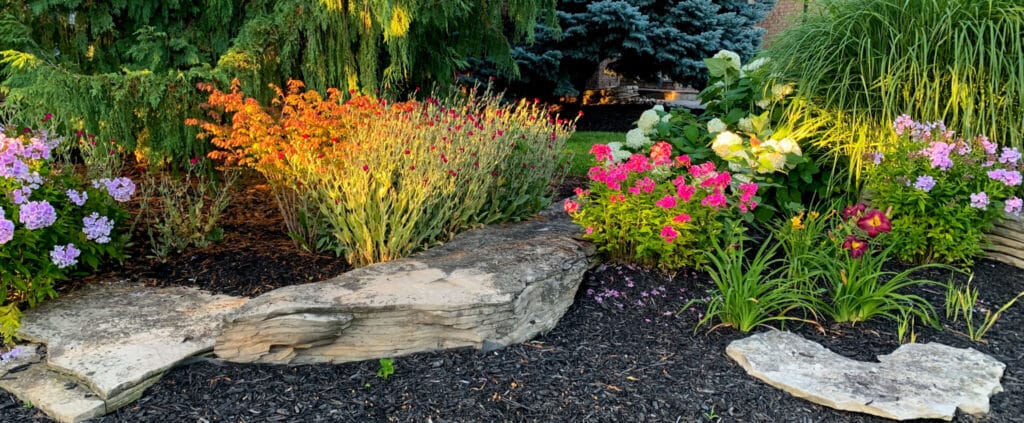
#easypeasy
Whether you grow edibles or ornamentals, in the ground or in raised beds, caring for your summer garden doesn’t have to be complicated. Follow this guide to develop good summer garden care habits that will benefit your plants all the way into fall.
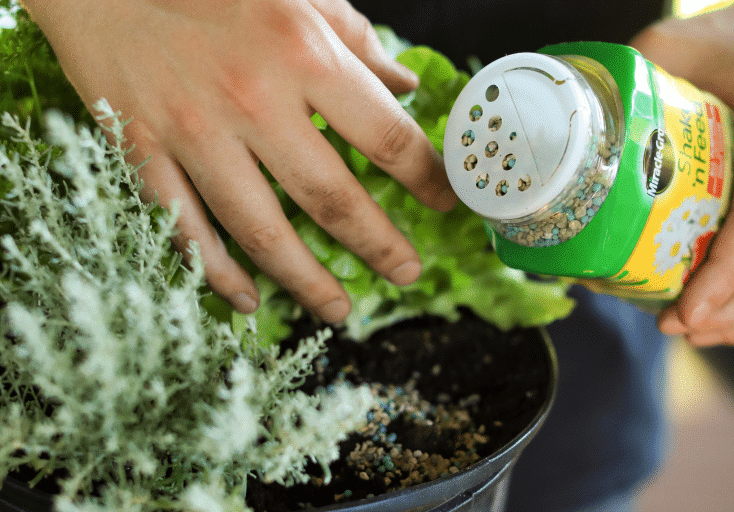
water and feed
Just like humans, outdoor plants require plenty of water and a balance of nutrients to be at their best. Summer weather can dry out soil quickly, especially in containers and raised bed gardens. Plants also deplete the soil’s vital nutrients simply by growing. You can supply the moisture and food your plants need by watering and fertilizing regularly. Plus, regular feeding helps your plants grow bigger, stronger, more productive, and better equipped to handle summer stress.
Your summer watering schedule will vary depending upon your growing zone and weather conditions, and you will need to stay vigilant. Test whether you need to water by feeling the soil—some plants wilt naturally in hot weather, and overwatering can also cause wilting, so don’t rely on looks alone! Whenever the top inch of soil surface feels dry, give the soil a good soaking to ensure that moisture reaches all the way to plants’ deepest roots. Make sure to aim the flow of water at the base of your plants so the leaves stay dry, which helps prevent disease. Plan to water your garden thoroughly about twice each week, or more especially when the weather is hot &dry. If you are growing in containers, you may need to water daily.
Water-soluble plant foods make it easy to fertilize in the summer. Simply add this type of plant foodto your watering can or sprayer every one to two weeks. Pick the right food for whatever you’re growing—Miracle-Gro® Water Soluble Bloom Booster® Flower Food for flowers, or Miracle-Gro® Water Soluble Tomato, Fruit & Vegetable Plant Food for edibles. Or, to streamline feeding even more, use Miracle-Gro® Water Soluble All Purpose Plant Food when watering your entire yard. It is safe for all plants, including vegetables, trees, and shrubs.
start in springtime
Nutrient-rich soil helps plants grow healthy roots. Prepare your garden or containers in early spring (but after the last frost) with Miracle-Gro® All Purpose Garden Soil or Miracle-Gro® Potting Mix. Both contain continuous-release plant food to give your vegetables, herbs, and flowers a strong start—plus their first serving of vital nutrients.
Already-established perennial flowers and herbs also need plant food as they begin to emerge at the start of the growing season. Lightly work a granular fertilizer, like Miracle-Gro® Shake ’n Feed® All Purpose Plant Food, into the surface soil around each plant base, being careful not to disturb the roots or new growth, then water thoroughly to release the nutrients into the soil.
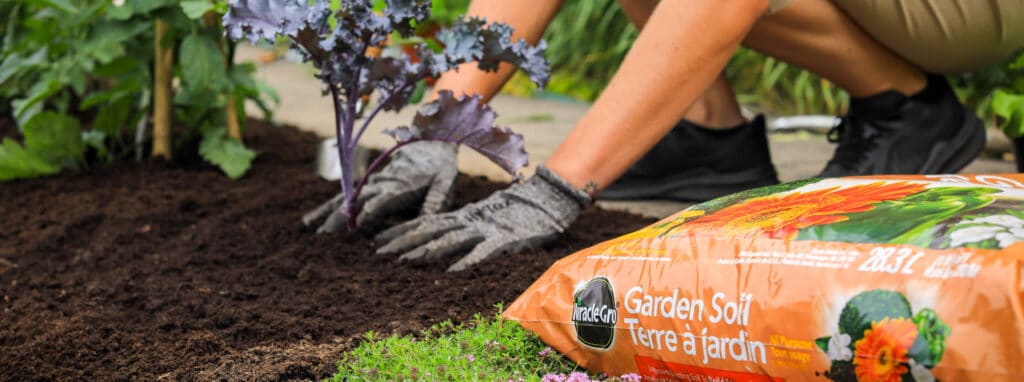
choose your feeding style
When picking a plant food, you have some choices.
- If you prefer to feed instantly and while you water, choose a water-soluble plant food like Miracle-Gro® Water Soluble All Purpose Plant Food. Measure and mix it directly into your watering can and pour the solution around the bases of your plants, or use with your hose end sprayer (like the Miracle-Gro® Garden Feeder) for larger areas. Plan to feed every 7 to 14 days.
- For less frequent feeding, choose continuous-release plant granules, like Miracle-Gro® Shake ’n Feed® All Purpose Plant Food.. Sprinkle the easy-to-use, granules onto the soil surface, gently rake them into the top few inches of soil, then water thoroughly to start the feeding process.
feed regularly (even in summer)
Plants experience a burst of early growth when they are first planted. Many plant types also have growth spurts in the early or mid-summer, so it is important to replenish nutrients throughout the growing season. After all, you are looking to coax your plants into growing their best and producing the biggest blooms and harvest, right? Annual vegetables and flowers respond especially well to continuous-release feeding that reaches deep down to their roots, promoting bigger, more productive plants.
consider plant food “flavours”
While all plants will gobble up nutrients from the soil, different varieties require different nutrient balances. Nitrogen grows green leaves and stems. Phosphorus promotes strong roots and abundant, colourful flowers. Potassium helps plants protect themselves from disease, drought, and other stressors. So, while all-purpose plant food is a solid choice if you grow a mix of plant types, consider tailoring your choice if you are all about veggie gardening or prefer to surround yourself with flowers.
- Tomatoes, squash, peppers, cucumbers, and other vegetables (and herbs!) will thrive when they’re fed every 7 to 14 days Miracle-Gro® Water Soluble All Purpose Plant Food. This plant food is great for your garden, and is packed full of micronutrients and contains calcium which helps to prevent plant diseases.
- Promote colourful, abundant flowers in your annuals and perennials by feeding them Miracle-Gro® Water Soluble Bloom Booster® Plant Food every 7 to 14 days, or Miracle-Gro® Shake ’n Feed® Ultra Bloom Plant Food every 3 months during the growing season. Both help flowering plants develop strong roots and more vibrant blooms (vs. unfed).
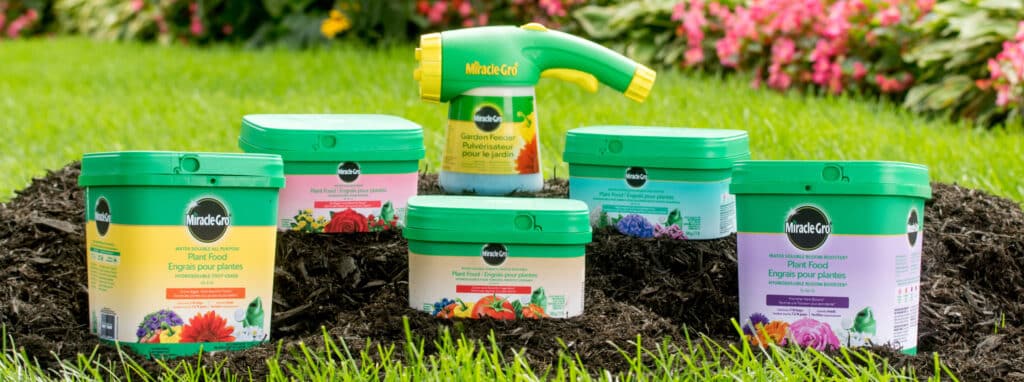
watch for signs of hungry plants
When the soil is short on nutrients, you will see it in your plants. Keep an eye out for warning signs like pale or yellowing foliage, fewer flowers, or slower growth than usual, or droopy, limp, weak stems. If you have been watering regularly (but not too much!) and have not had problems with insects or disease, chances are your plants need feeding.
don’t feed the weeds!
If you let them, weeds will compete with the plants you like for moisture and nutrients. Pull weeds before you fertilize and concentrate plant food around the bases of your plants, to keep nutrients where they are needed most. Be sure to continue to check for weeds regularly throughout the growing season, pulling ‘em whenever you see ‘em.
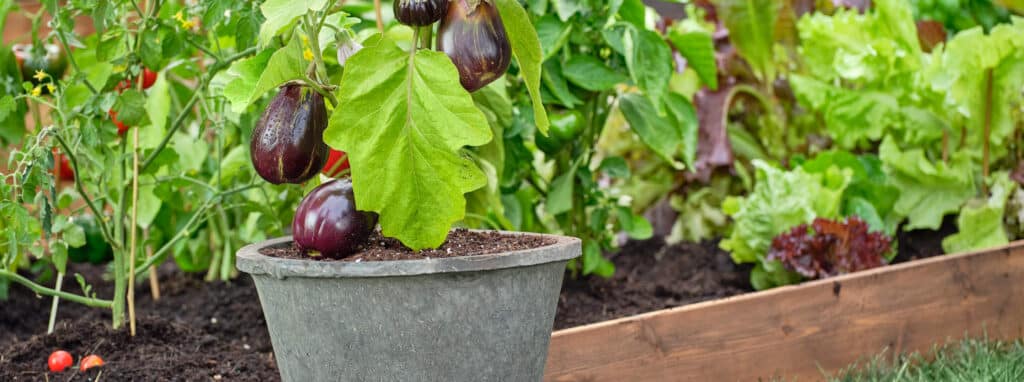
Here is one final tip: Keep plant food in an easy-to-see place—like next to your gardening tools—to help keep feeding top-of-mind. (Keep it out of reach of little ones, though!) You can also set reminders on your smartphone. Then, when the time is right, head on out and feed those plants!
are you ready to level up from your beginner friendly plant collection?
We love our beginner friendly plants, but now that you have nurtured that green thumb, it’s time to test your skills with a few plants that require some know-how to thrive. Enhance your plant collection with these unique and beautiful plant pals.
Which of these plants are you adding to your collection? We are adding new favourites to our Plant Tags all the time. Want to learn about a specific plant? Let us know in the Plant Chat!
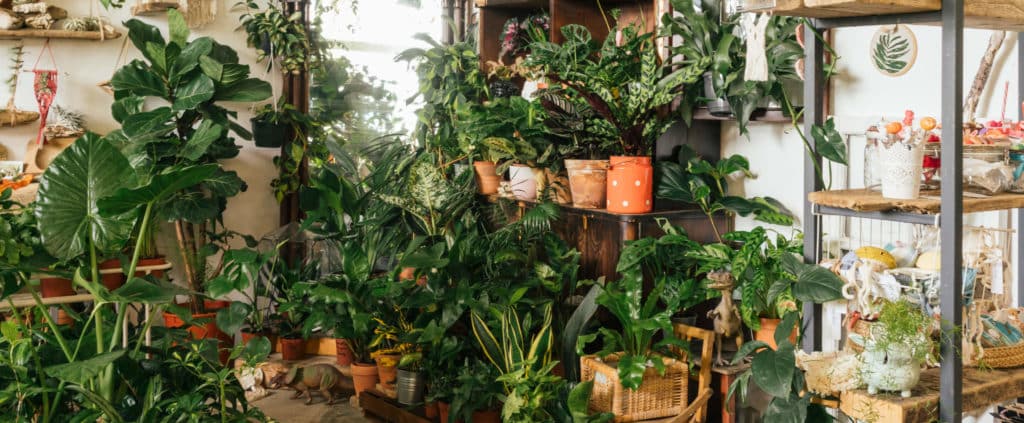
You might think that tropical plants have no business inside your home, but these exotic wonders actually make excellent houseplants. Although sunshine makes them extra happy, many tropical plants can tolerate low light extremely well. And if you’re a low-maintenance plant lover, tropical houseplants are ideal since most only require some basic care.
But these houseplants aren’t completely hands-off—you’ll still have to nourish them to ensure their survival. Follow these tips and your space will feel like an exotic jungle in no time.
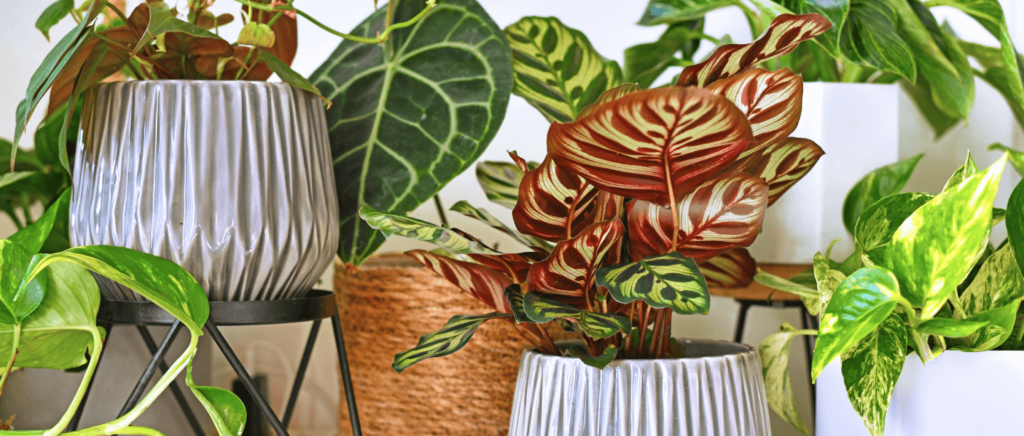
trim your tropicals
If you’re bringing your tropical plants in from outside after the warm season, they might be a tad too feral for indoors. This is a great time to grab your pruning shears and remove some of the abundant growth that appeared over the summer.
choose your fertilizer
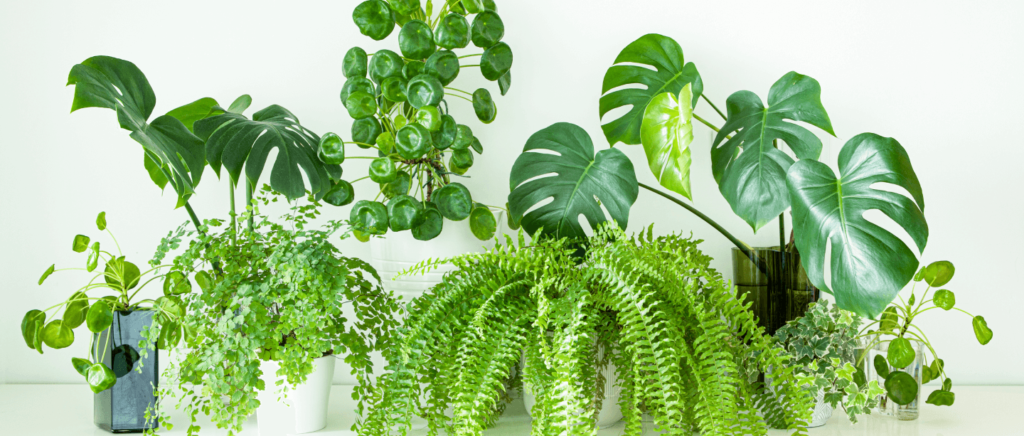
With the many fertilizer formulas to choose from, it’s easy to feel overwhelmed—but some quick research on your specific plant type will help you narrow down your options.
remember: less is more
For many tropical houseplants, fertilizing once a month will get the job done. When winter ends, you can up your feeding frequency to encourage new growth.
For a deeper dive into tropicals and what they need, check out our article here.
*Inhale* Ahhhh. There’s nothing quite like a fresh and fragrant Christmas tree to bring some festive cheer into your home. Sure, they’re more work than the artificial variety, but the effort is well worth the result (and more eco-friendly, to boot).
Here are some helpful tips to keep your tree looking merry and bright all holiday season.

follow these steps to set up your Christmas tree
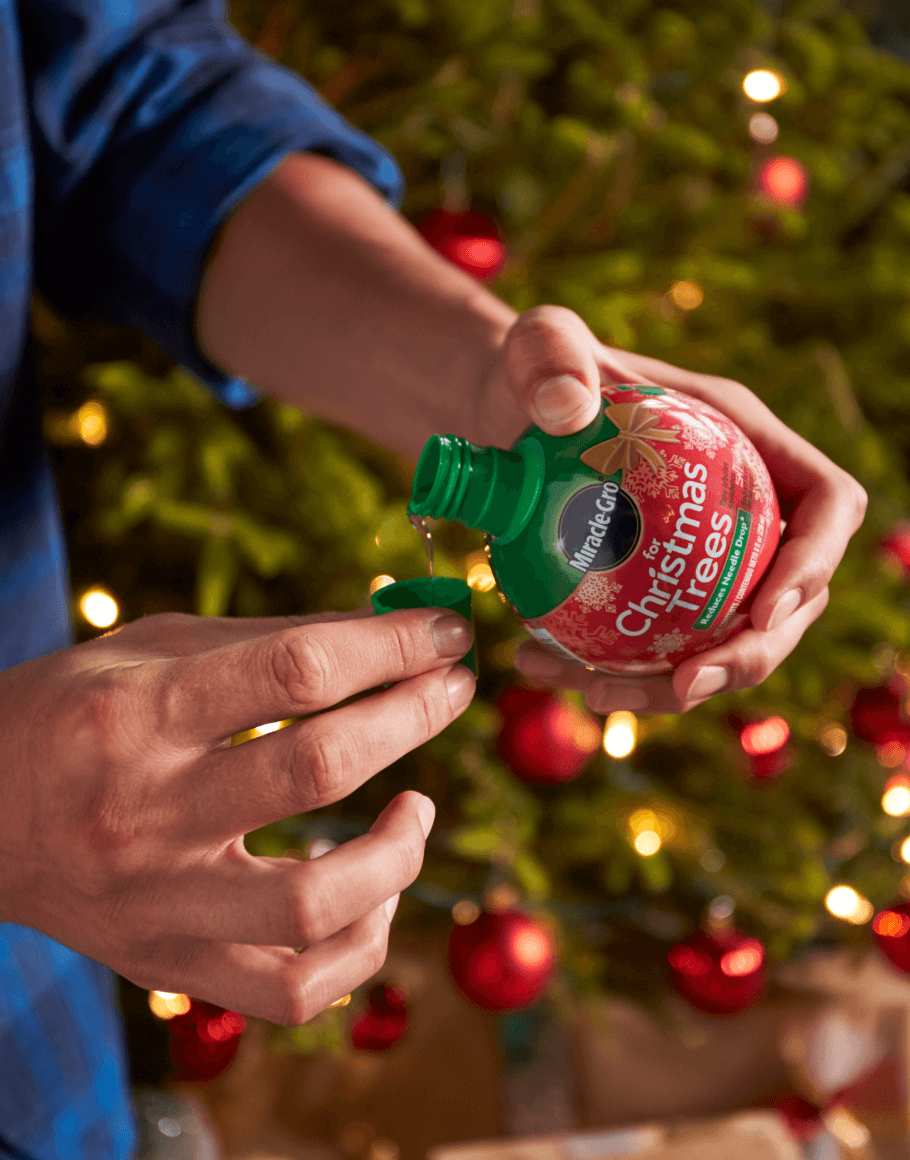
Start with a healthy tree from your local tree farm—gently shake the tree to make sure it’s flexible and needles aren’t dropping.
Trim 1/2 inch off the base of the trunk to remove dried sap and encourage water absorption.
Measure the diameter of the tree trunk.
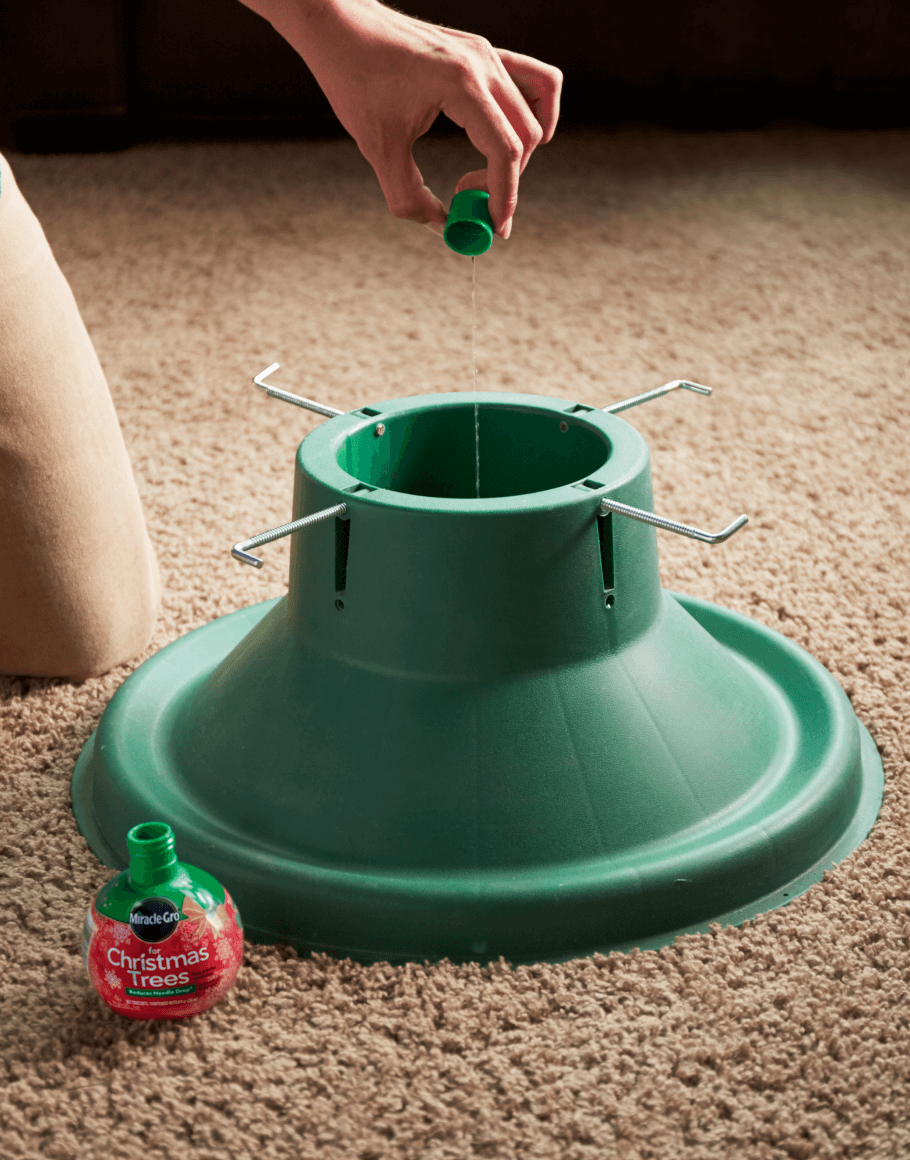
Using a Christmas tree stand that can hold at least 1 gallon of water, add 1 quart of water for every inch of the trunk’s diameter.
Check the water level daily—ensure the water always covers the bottom 2 inches of the trunk (this is the secret to maintaining a super fresh tree!)
Keep your tree hydrated and reduce needle drop by adding 1 capful of Miracle-Gro® for Christmas Trees for every litre of water.
Christmas trees prefer cooler temps, so put on a cozy sweater, turn down the heat, and keep your tree away from heat sources.

#easypeasy
Are your indoor plants looking a little weary and dejected? Just like a grouchy toddler, a sad-looking plant can often be a signal that it’s time for a snack. Your potting soil may be rich with nutrients at the start, but after several weeks have passed, it’s time to refuel.
But hold up—there are some rules you should know before you serve up the good stuff to your potted friends.
Here’s how to feed your plants and help bring them back to life.
for everything, there is a season
Houseplants enjoy the benefits of fertilization during the growing season—but when exactly is this magical time of growth? We’re so glad you asked.
Indoor plants follow the ways of their outdoor companions, flourishing in the spring and summer seasons. As the days get longer and temperatures start to climb, you’ll want to ramp up your plants’ food intake.
What do your plants need during the fall and winter months? The same thing we all crave—a break. During your plants’ dormant season, the indoor air from your heating system triggers the plants to stop exerting energy and rest up until the next growth cycle begins. Lay off on the food and let your houseplants hibernate—this is one diet regimen you should actually stick to.
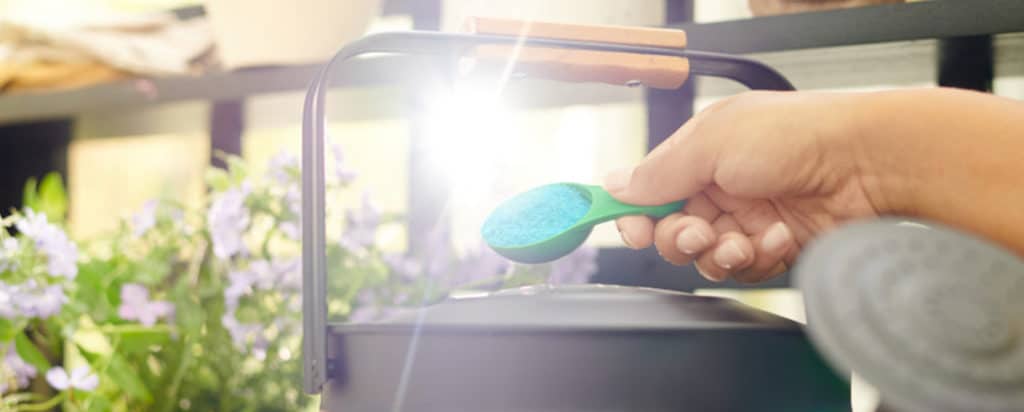
3 ways to feed your houseplants
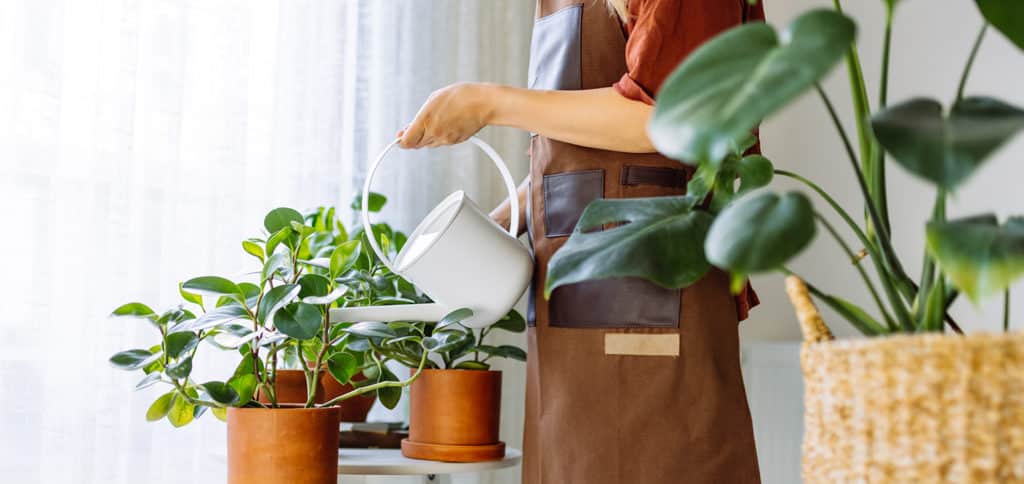
too much of a good thing
It’s tempting to try to nourish our plants to the max, but make sure not to over-feed. Too much fertilizer can cause some nasty side effects like:
• stunted growth
• burned or dried leaves
• wilting
• plant death
That’s a scary list—but if you notice symptoms of over-fertilizing, you can save your plant with these simple fixes:
• Remove visible fertilizer from the soil
• Leach fertilizer by running water through the soil and roots
• Remove damaged stems and leaves
• Wait about a month before fertilizing again—!
The sun in shining. The BBQ is going. The backyard is thriving. The only thing stopping you from level 100 enjoyment? The bugs. Whether it’s mosquitoes, wasps or ants that are preventing you from getting the most out of your summer nights, read on to learn more about how to get rid of these uninvited guests!
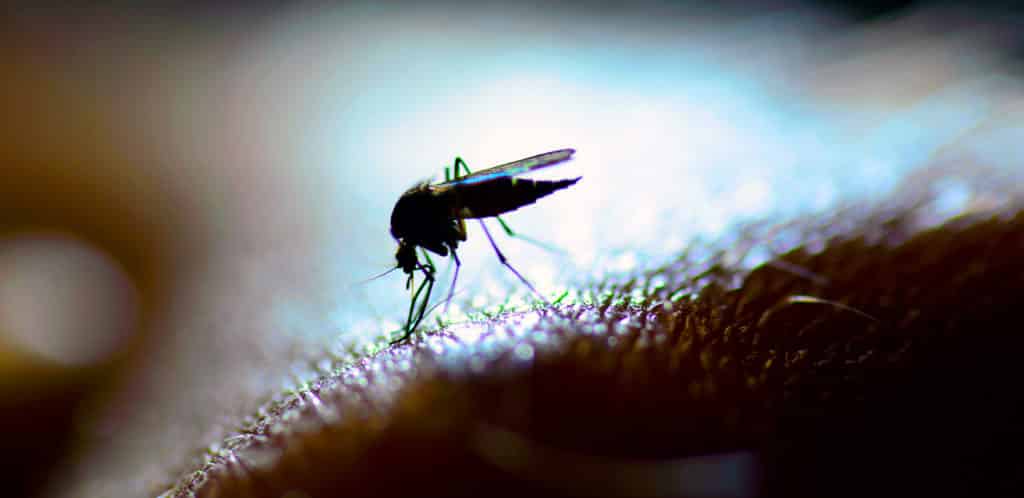
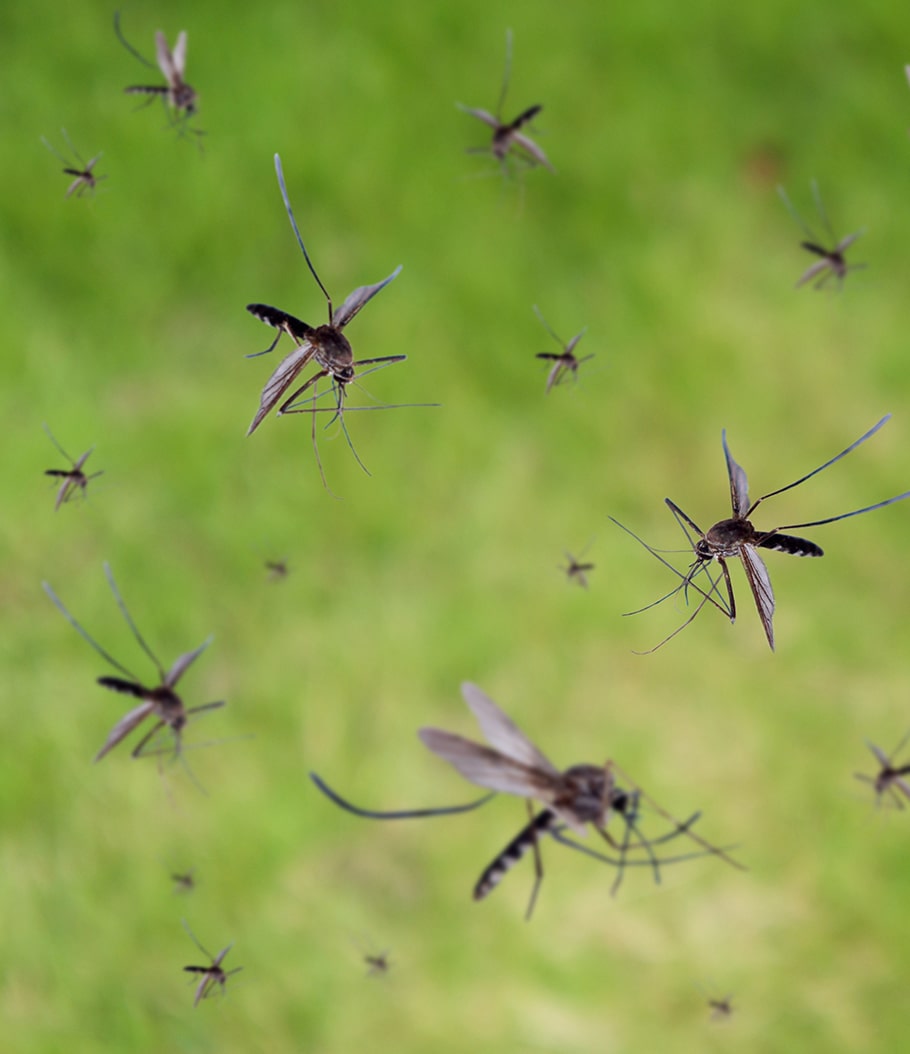
mosquitoes biting?
Mosquitoes are super annoying! From bites to their whining buzz, these bugs can easily ruin a nice night outdoors. Due to climate changes, we’re at greater risk of mosquito-borne illnesses, like West Nile Virus. First, be sure to get rid of any standing water. These little guys love standing water like kiddie pools, birdbaths, even empty flowerpots. Make sure you empty and change out any standing water.
Are mosquitoes drawn to you? Consider using Ortho® Mosquito B Gon™ Max. It is easy to apply and provides an effective solution to control mosquitoes in your outdoor space Ideal for use in backyards and on patios… really anywhere mosquitoes will be bothering you and your guests.
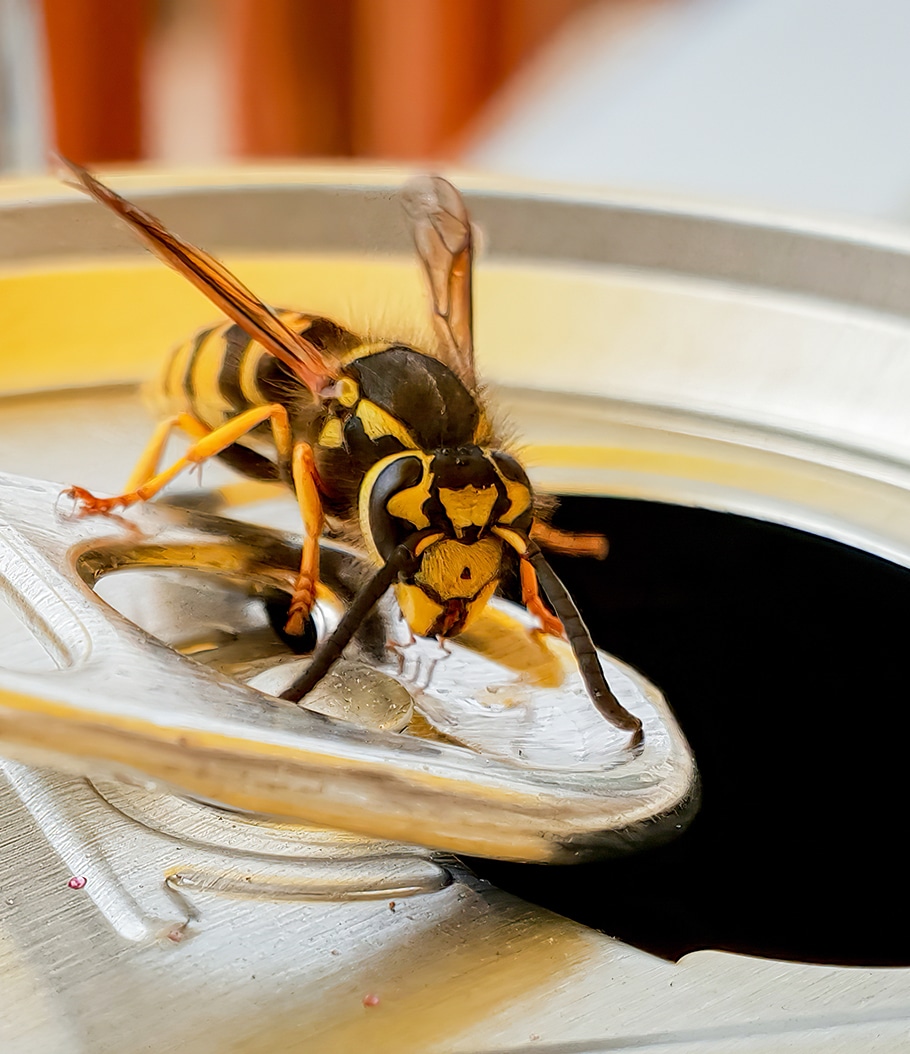
uninvited guests invading your backyard party?
These winged devils aren’t just scary and annoying, but they can quickly ruin outdoor festivities. There are over 4,000 types of wasps,, including common types like mud daubers, paper wasps and yellow-jackets. Some of their nests may not look like the typical paper-like wasp nest you’re used to seeing. For example, mud dauber’s nests look like a little mound of mud. To keep your backyard free from wasps and hornets, inspect your eaves, deck and even patio furniture regularly to spot the first signs of nests.
If you are seeing wasps, use Ortho® Wasp B Gon MAX® Wasp Killer Spray or Foam to safely saturate their nests. Always follow the directions for the product and wear your gloves when removing the treated nest.
ants invading your backyard BBQ?
When you and your friends are enjoying your feast outside, be sure to keep all your food, drinks and condiments covered. You can use other plates; pot lids or silicone covers to keep your food fresh and free of ants.
If ants are persistent, even outside of BBQ time, you have some options! If you can clearly spot their home, you can use Ortho® Ant B Gon® MAX. Not quite sure where those six-legged critters are coming from? Not a problem! There are a lot of different products you can explore. You can find gels, sprays and traps. For example, if your ant problem is making its way inside, Ortho® Ant B Gon™ MAX Ant Eliminator Liquid is an excellent tool. Only a few drops are needed to attract ants to the liquid. The ants will take it back to their nest, where the rest of colony will be destroyed.
Now that your backyard is pest-free, it’s time to open a bottle of wine and invite some friends over to share it with. Check out Plant Chat and share your tried-and-true backyard bug control tips!
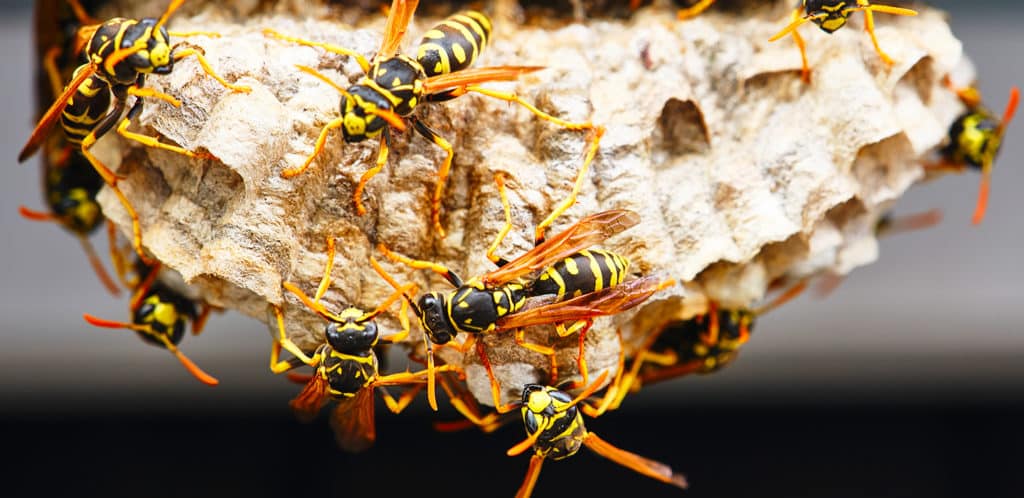
You adopted some new plants and are ready to introduce them to the rest of your collection, but now your leafy friend is looking a bit lack lustre. There could be a very easy fix… just feed your plant! It’s easy to get your plant pal to perk up when they’re adjusting.
feed me!
We’re talking food spikes! These little fertilizer spikes are a great addition to your indoor plant care. Using them is as easy as 1-2-3!
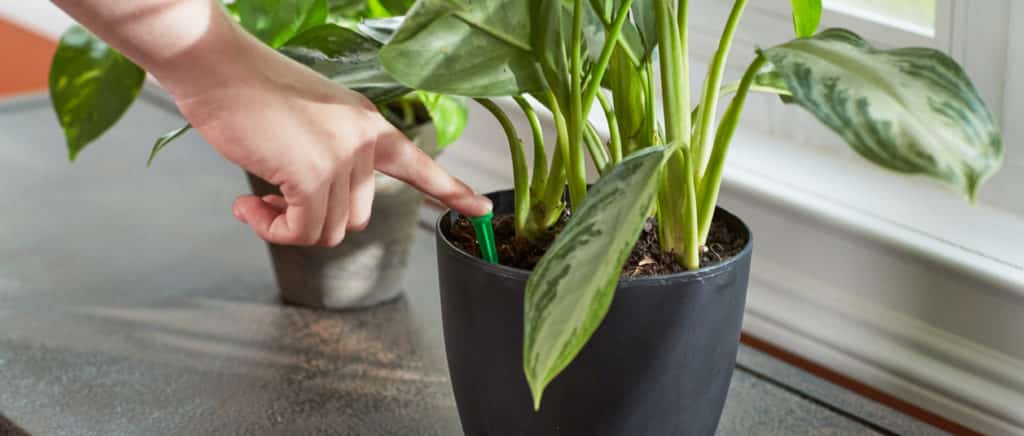
And just like that, your plants are set up to thrive! Share your flourishing home gardens and help other home gardeners build up a beautiful plant collection.
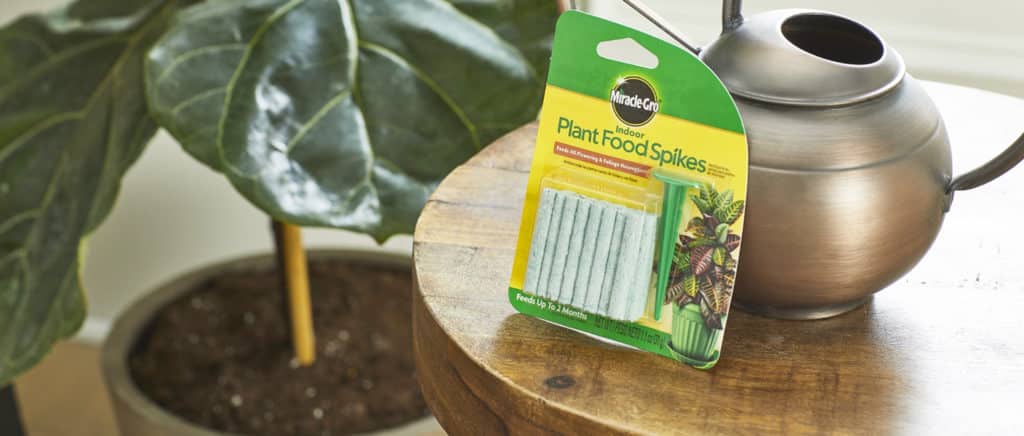
what and how can companion planting help?
Companion plants are plants that lend a helping leaf to one another in terms of growth and production. One plant may attract an insect that might protect a companion plant. Another plant may act as a repellent for a bug that might be harmful to the plant next to it.
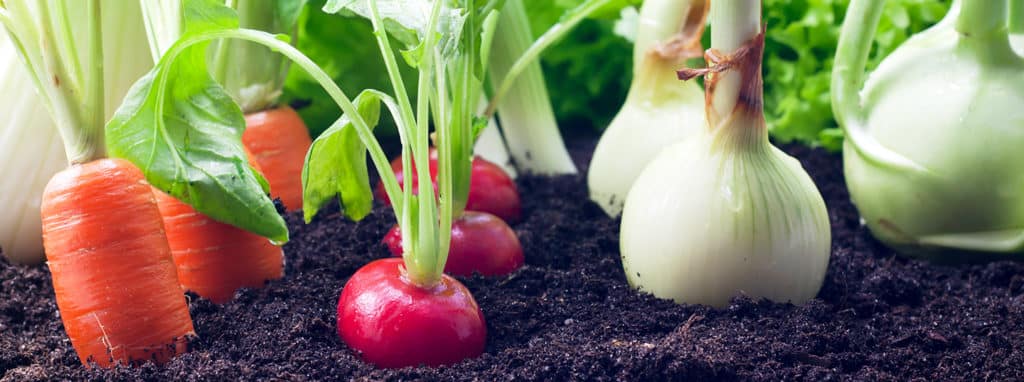
tips for watering companion plants
When growing different varieties of plants side by side, try to group them together by water needs. Deep-rooted vegetables like tomatoes and asparagus should be placed in the same bed, as they will thrive with less frequent (but more thorough) watering that soaks deep into the soil.
on the flip side…
Shallow- to medium-rooted plants like beans and chard benefit from more frequent watering that saturates just the first few inches of soil. Wind soaker hoses around your plants and attach them to dual outlet electronic timers to easily manage your watering schedule for different beds.
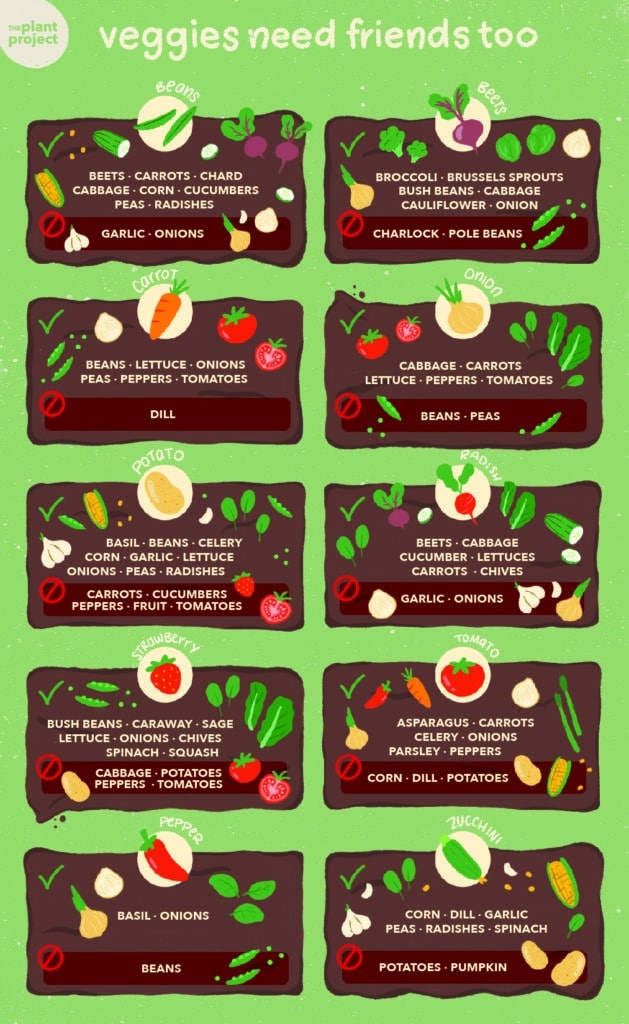
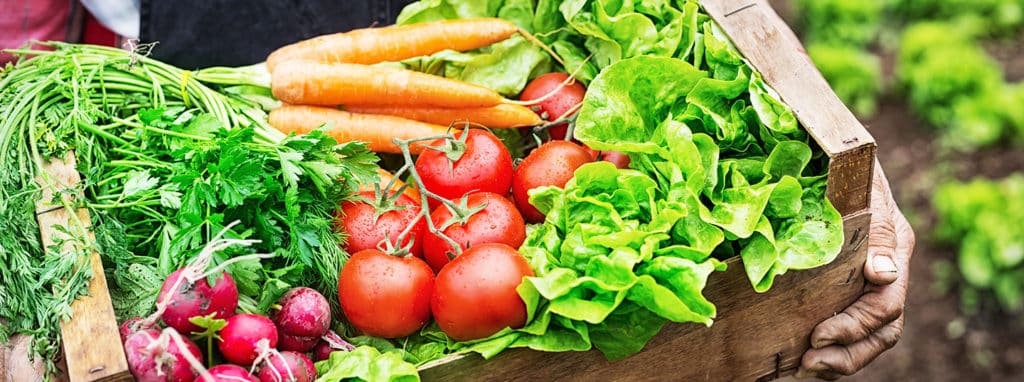
Companion planting is a great way to ensure you have a garden that will grow healthy plants and produce large bounties. A lot of work goes into maintaining a productive garden, so it is worth the time, effort and research it takes to grow like-minded plants that will help each other out. We hope this takes some of the guesswork out of the process for you!
